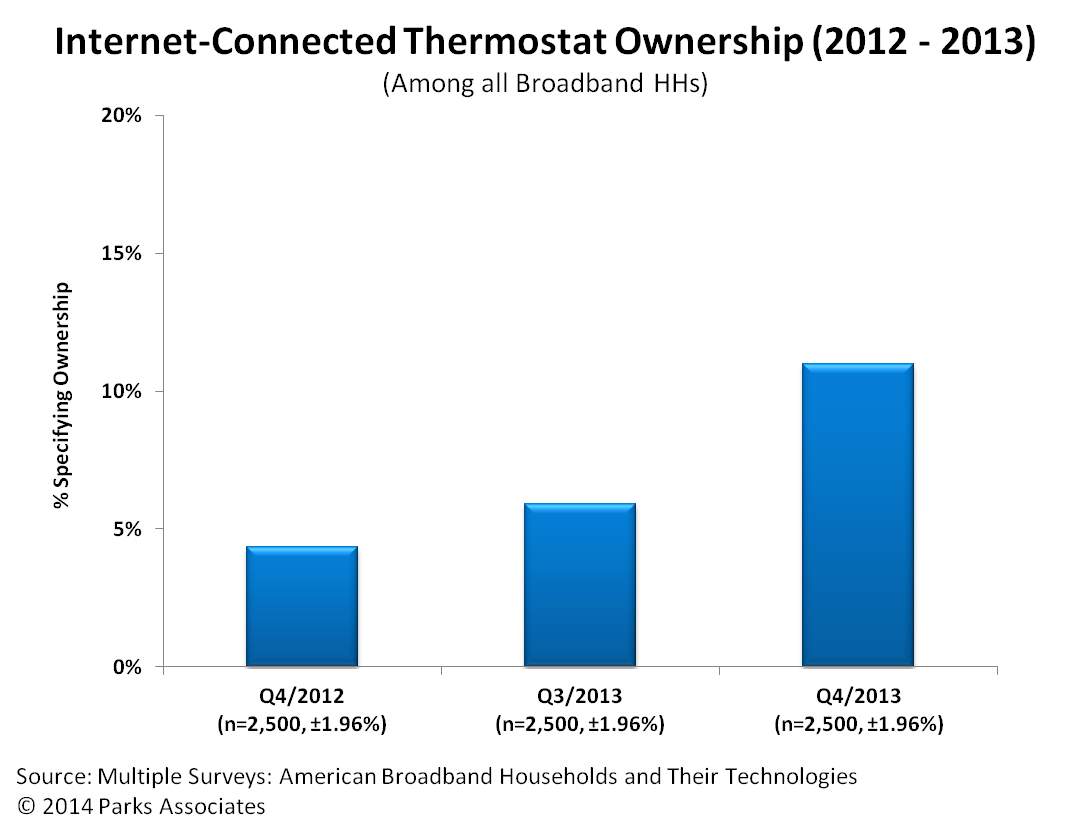The New Demand Response
Residential demand response is in transition. Smart meters, participation in energy markets, and connected products are all forcing executives to consider new approaches and business models that take advantage of the new environment.
Smart meters and the associated meter data management systems enable utilities to create new DR programs that reward participation. At the Smart Energy Summit panelist will evaluate the impact of  smart meters on DR programs and discuss the advantages of pay-for-performance programs and their impact on the DR industry.
smart meters on DR programs and discuss the advantages of pay-for-performance programs and their impact on the DR industry.
Retail energy providers are beginning to enter the DR market; however, they are motivated by economic gain rather than grid reliability. FERC order 745, requiring DR assets to be considered on equal footing with generation assets in day-ahead and real-time markets, may create opportunity for residential DR aggregators. Utilities must also understand how residential DR participation in energy markets will impact utility programs.
Connected products, specifically smart thermostats, are gaining momentum in the market. Sold independently through the HVAC channel or retail, as part of a smart home system sold by the security channel, retailer, or broadband service provider, smart thermostats are entering the home in growing numbers. In order for utilities to utilize these assets for DR programs, they must understand the business models, technologies, participation rates, and load shed results.
Next: Time-of-Use Electricity Billing Makes a Difference in Customer Satisfaction
Previous: Google buys Nest Labs for $3.2 billion
Comments
-
Be the first to leave a comment.
Post a Comment
Have a comment? Login or create an account to start a discussion.


